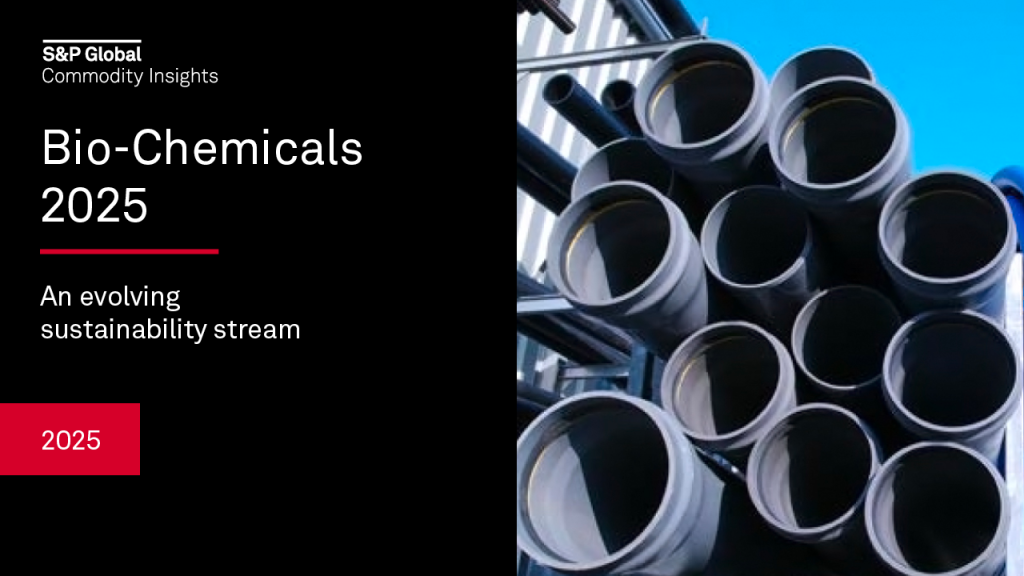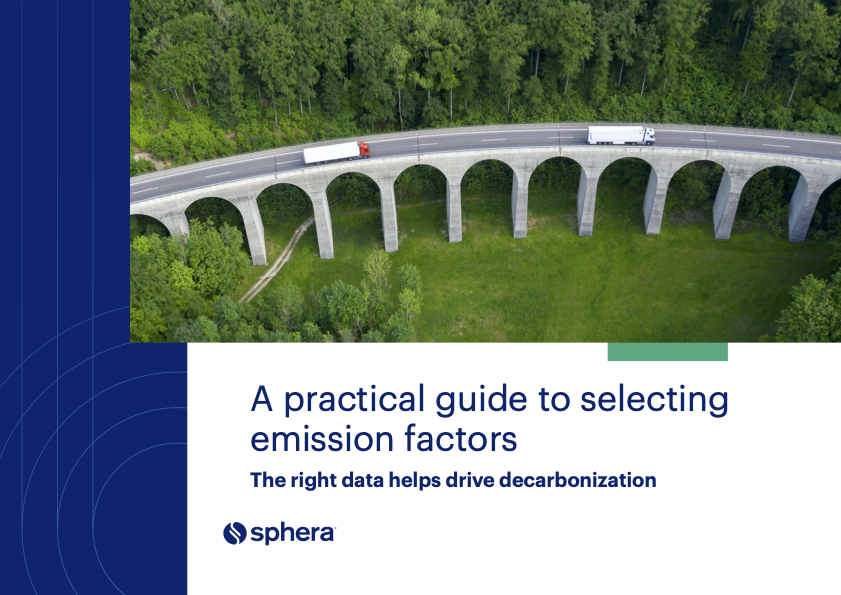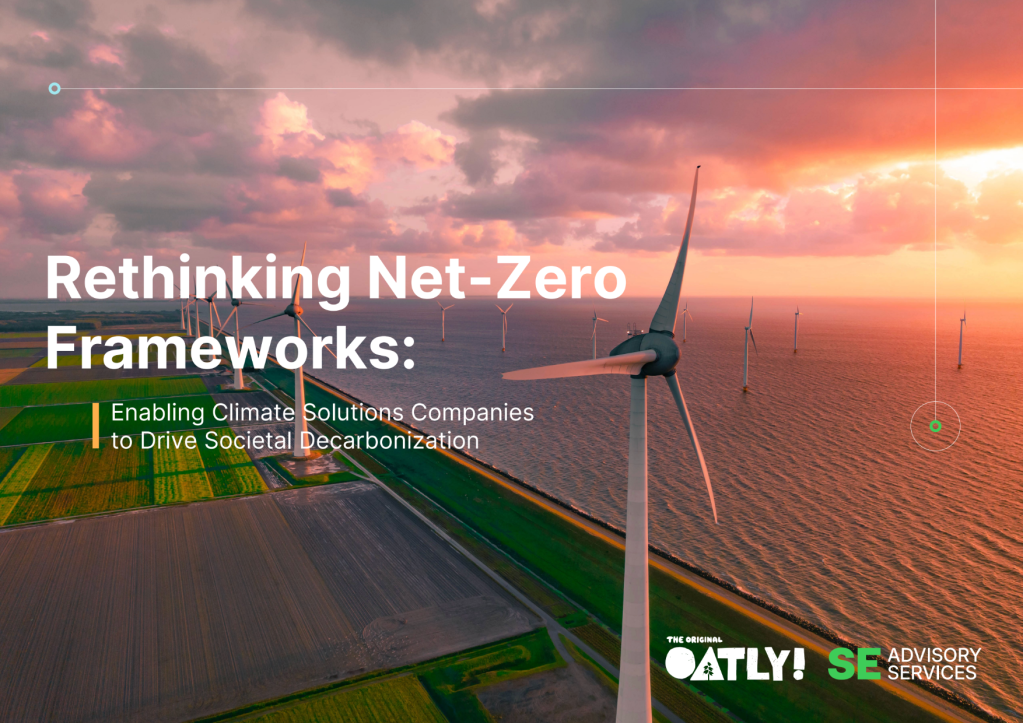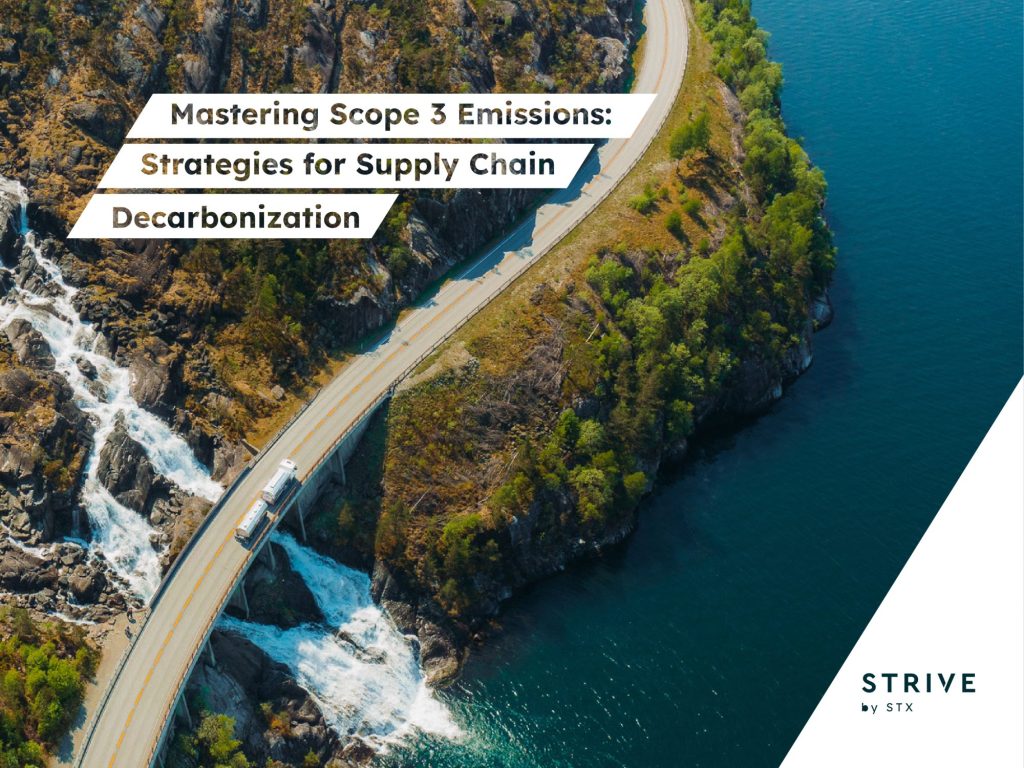Science-based targets gain traction
It’s a budding movement, and questions remain about how some companies can set targets without major changes to their business, but it’s a big step forward. Read More

The following is adapted from State of Green Business 2018, published by GreenBiz in partnership with Trucost.
The bar for setting meaningful greenhouse-gas-reduction targets keeps getting higher. The leaders are turning to science to determine exactly how high.
Science-based emission-reduction targets are those in line with the level of decarbonization required to keep global temperature increases below 2 degrees Celsius, compared to preindustrial levels, as described in the Fifth Assessment Report of the Intergovernmental Panel on Climate Change. Companies set these goals with the help and approval of the Science-Based Targets Initiative (SBTI), a collaboration among CDP, World Resources Institute, the World Wide Fund for Nature (WWF) and the United Nations Global Compact.
Mars, for example, set science-based targets last year that call for the company to eliminate 100 percent of the carbon dioxide emissions from its own operations by 2040. Most of those emissions are from energy usage, which Mars plans to cut through conservation, and clean up by switching to renewable energy. More impactfully, Mars also plans to slash emissions from its supply chain, which includes ending deforestation in its supply chains for beef, cocoa, palm oil, paper and pulp and soy.
Many of the 40 companies that committed in 2017 to setting science-based targets are likely to complete defining them this year, and some of the 200 other firms that committed to targets in previous years probably will, too, adding to the more than 80 corporations that have set approved targets already.
The SBTI is working to streamline the process to help make science-based target-setting mainstream and established as standard business practice, so that corporations play a major role in driving down global greenhouse gas emissions.
Science-based targets currently use climate science to look at emissions generated by a company either by itself or as part of the industry in which it operates. Targets are developed based on emissions cuts the company can make at its own operations, and cuts it can try to affect on the part of its suppliers, such as through farmers and producers of raw materials adapting sustainable land management, water use and energy usage.
Companies that set science-based targets often have aggressive renewable energy procurement goals, too, as they realize that switching from fossil-fueled electricity to clean power such as solar and wind is a practical and cost-effective way to reduce emissions.
The markets for renewable energy are growing as a result. U.S. companies signed contracts in 2017 for at least 2,090 megawatts of solar and wind power through September, up 30 percent from all of last year, according to the Business Renewables Center at the Rocky Mountain Institute.
And more companies are setting increasingly aggressive renewable energy goals. Kellogg, for example, committed in 2017 to achieving 100 percent renewable electricity by 2050, after the company set science-based emissions-reduction targets in December 2015. About 115 other companies also have committed to switching from fossil fuel-based electricity to 100 percent renewable power. This is helping boost U.S. clean power overall. Wind, solar, hydropower and other renewables generated about 476 terawatt-hours, about 18 percent, of U.S. power supplies in the first eight months of 2017, compared to 15 percent for all of last year, according to data from the Energy Department.
This year could be a turning point for the emergence of science-based targets for big polluters. A handful of oil producers, petrochemical manufacturers and miners, including Australia-based Origin Energy and PTT Global Chemical of Thailand, have said they want to set science-based targets, and SBTI has said it wants to develop them for those sectors.
Setting targets for carbon-extraction industries is likely to be controversial, as climate scientists and activists increasingly call for limiting production of oil, gas and other carbon-heavy resources, to drive down global emissions. A campaign called Keep It In The Ground, started in 2015 by The Guardian newspaper, aims to limit global production of oil, natural gas and coal to existing developments, keep untapped resources in the ground and ramp down fossil-fuel production altogether. The effort has support from Greenpeace, Sierra Club and 350.org, and has inspired U.S. legislative proposals on the federal and local levels.
Can oil and gas producers set valid science-based targets? Probably not, unless they have a plan like Denmark-based Dong Energy, which transformed itself from an oil and gas producer to a utility and major offshore wind developer. The company recently sold off its oil and gas business for $1.05 billion, devised a plan to stop using coal for power generation, set science-based emission-reduction targets and changed its name to Ørsted (in honor of 19th-century scientist Hans Christian Ørsted, who discovered electromagnetism).
For companies that don’t produce fossil-fuel products, the good news is that opportunities to replace fossil fuel with renewables keep expanding and, after conservation, this is the best way to cut emissions. Lower prices, more sophisticated markets and more options for buying clean power makes this easier. The challenge will be preventing certain politicians from removing state and federal incentives for renewables that are key to the transition to clean energy.
About 640 companies around the world have made climate commitments via the We Mean Business coalition’s “Take Action” campaign. These U.S. and global companies are good candidates for the next wave of corporate science-based emissions-reduction targets.
Some firms are already on CDP’s Climate A List. The 117 companies received the top grade for establishing best practices to measure and reduce their impact, and disclose this information to CDP, which in turn shares it with investors.

Subscribe to Trellis Briefing
Featured Reports















